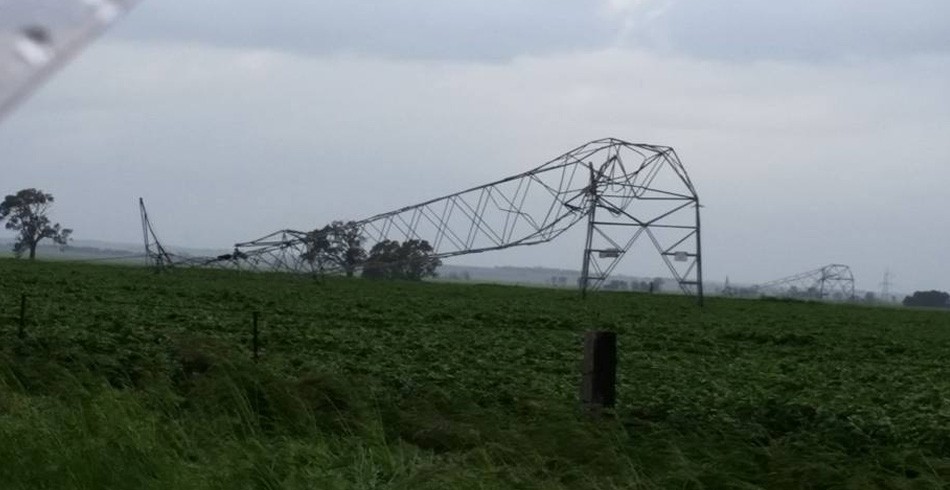In the wake of South Australia’s biggest ever blackout, Federal Energy Minister Josh Frydenberg and South Australian Independent Senator Nick Xenophon have been on the offensive, highlighting concerns about the state’s reliance on renewable energy and its effect on the stability of power supply.
South Australia has the highest rate of renewable energy in the country, with just over 40 per cent of its power coming from wind and solar.
Earlier this week, the Grattan Institute released a report detailing the pressure high uptake in renewables had put on the state’s wholesale power prices, and how it represented a test case for the country.
According to ABC News, the report’s author, Tony Wood, said the blackout was as a result of the violent weather system and it was usual for power systems to shut down to protect themselves from further damage.
“My understanding, at least at the moment, is there’s no evidence to suggest these two issues are related,” Mr Wood told the national broadcaster.
“There’s no evidence to suggest this was caused by too much wind power, or the dependence on wind power, or anything else, or would’ve been any different if any of the power stations that had been shut down earlier this year had still been operating.
“If you’ve got a wind farm or a coal-fired power station at the end of a transmission line, and that system either is taken out by a storm or is forced to shut down to protect itself from a storm, it doesn’t matter what the energy source is.”
Mr Wood also said there was no indication that having more interconnector lines between South Australia and the eastern states would have prevented the issue.
Another expert, Clean Energy Council Policy Manager Tom Butler, agreed with Mr Wood’s analysis.
“When this event has occurred, it’s created a fault in the system which has caused the generation to trip offline.
“It’s separate to the interconnector entirely.”
Mr Butler said the Snowtown wind farm, north of Adelaide, was actually helping to prop up the state’s power supply ahead of gas power stations as the network was gradually brought back online.







